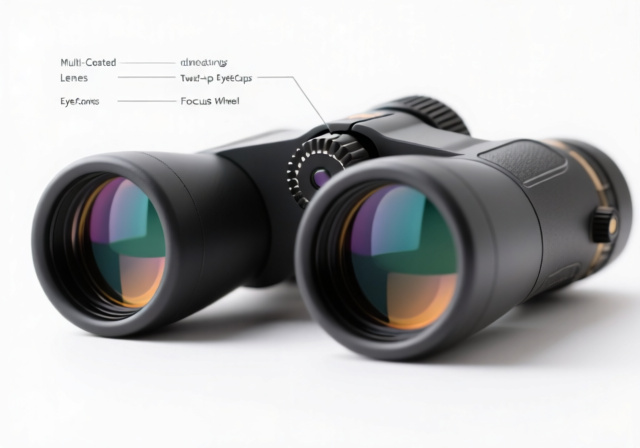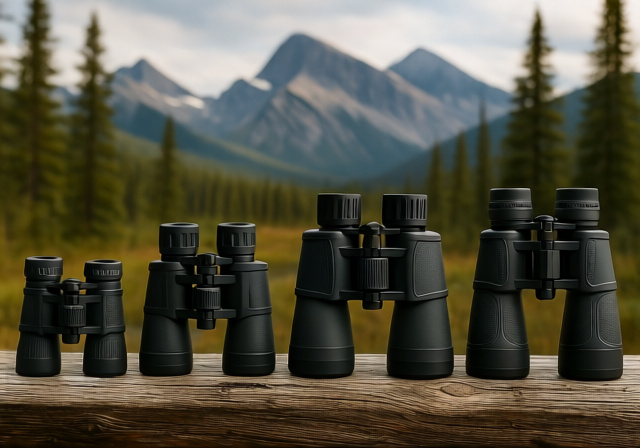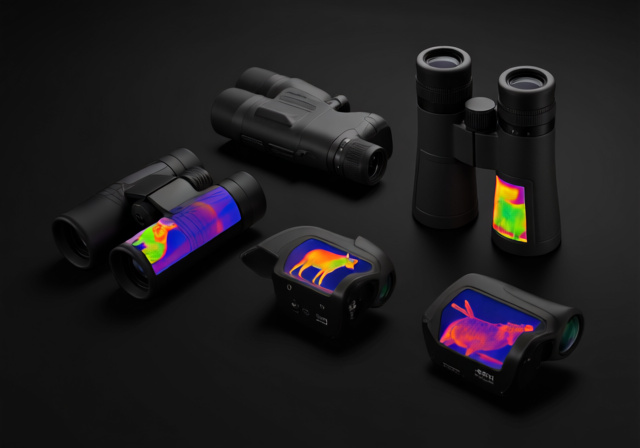



Learning how to clean binoculars properly is essential for maintaining crystal-clear views and extending the life of your optical investment. In 2025, with advanced lens coatings and sophisticated optics, proper cleaning techniques have become more crucial than ever. Whether you’re dealing with everyday dust, stubborn fingerprints, or even fungus on vintage models, this comprehensive guide will walk you through the best way to clean binoculars without damaging those precious lenses
Many binocular owners unknowingly damage their optics through improper cleaning methods. That quick wipe with your shirt tail or a tissue? It’s creating microscopic scratches that degrade image quality over time. The good news is that cleaning binoculars internally and externally is simpler than you might think when you know the right techniques and have the proper tools.
Before you begin cleaning your binoculars, gathering the right tools is crucial. Using improper materials is one of the quickest ways to damage expensive lens coatings. Here’s what you’ll need for proper binocular maintenance:
Professional-grade cleaning kits from manufacturers like Zeiss, Nikon, and others often include everything you need. These kits are especially valuable when learning how to clean Swarovski binoculars or other premium optics with specialized coatings.
The lenses are the most delicate part of your binoculars, featuring multiple layers of anti-reflective coatings that can be easily damaged. Here’s the best way to clean binoculars’ optical surfaces:
Hold your binoculars upside down so debris falls away from the lenses. Use a lens cleaning pen’s brush or a blower bulb to remove dust, sand, and other particles. This crucial first step prevents scratching when you move to contact cleaning. For stubborn particles, use short bursts of canned air held at least 6 inches away.
Never spray cleaning solution directly onto the lenses – this can seep into the internal components. Instead, apply a small amount of lens cleaning solution to a clean microfiber cloth or cotton swab. For waterproof binoculars, you can gently rinse under lukewarm water, but this isn’t recommended for non-waterproof models.
Using your dampened microfiber cloth, gently wipe the lens surface in circular motions starting from the center and working outward. This technique minimizes the visual impact of any micro-scratches and ensures even cleaning. Apply minimal pressure – let the cleaning solution do the work.
For fingerprints, water spots, or other persistent marks, place a drop of cleaning solution on the spot and let it sit for a few seconds. Then gently wipe with a clean section of your microfiber cloth. Repeat if necessary, always using a clean portion of the cloth.
Use a dry, clean microfiber cloth to remove any remaining moisture or streaks. Work in the same circular pattern, ensuring no cleaning solution residue remains on the lens surface.
Internal cleaning is a complex process that should generally be left to professionals. However, understanding when internal cleaning is necessary can save your binoculars from permanent damage.
Important Warning: Cleaning binoculars internally requires disassembly, which will void most warranties and risks destroying optical alignment. For valuable binoculars like Bushnell, Swarovski, or other premium brands, professional service is strongly recommended.
If you must attempt internal cleaning on old binoculars with no warranty value:
For how to clean old binoculars with fungus, UV exposure combined with proper cleaning solutions can help, but fungus often etches permanent damage into coatings.
While basic cleaning principles apply to all binoculars, specific brands may have unique considerations:
Bushnell binoculars often feature specialized coatings like EXO Barrier protection. When learning how to clean Bushnell binoculars:
How to clean Swarovski binoculars requires extra care due to their premium coatings:
Older Tasco models may have less durable coatings:
The rubber armor on binoculars protects the internal mechanisms but requires its own maintenance routine. Here’s how to clean the exterior properly:
Older binoculars may develop sticky rubber armor due to chemical breakdown:
Avoid these damaging practices when cleaning your binoculars:
After coastal use, rinse waterproof binoculars with fresh water immediately. Salt crystals are particularly abrasive and corrosive. Dry thoroughly and clean with appropriate solutions.
In humid climates, fungus can destroy binoculars. Prevention is key:
Allow binoculars to reach room temperature before cleaning to prevent condensation. Never wipe frost or ice – let it evaporate naturally.
Consider professional cleaning when:
Professional services typically cost $50-200 depending on the work needed, far less than replacing quality binoculars.
Proper storage and handling reduce cleaning frequency:
As of 2025, these cleaning products are highly recommended:
Knowing how to clean binoculars properly is essential for maintaining peak performance and protecting your investment. Whether you’re cleaning a premium pair of Swarovski binoculars or maintaining vintage Tasco binoculars, the principles remain the same: be gentle, use proper tools, and clean only when necessary.
Remember, the best way to clean binoculars is to prevent them from getting dirty in the first place. Regular maintenance, proper storage, and careful handling will keep your binoculars performing at their best for years to come. When in doubt, especially with internal cleaning or valuable optics, don’t hesitate to seek professional service. Your binoculars are precision instruments that deserve proper care – treat them well, and they’ll provide crystal-clear views for decades.







